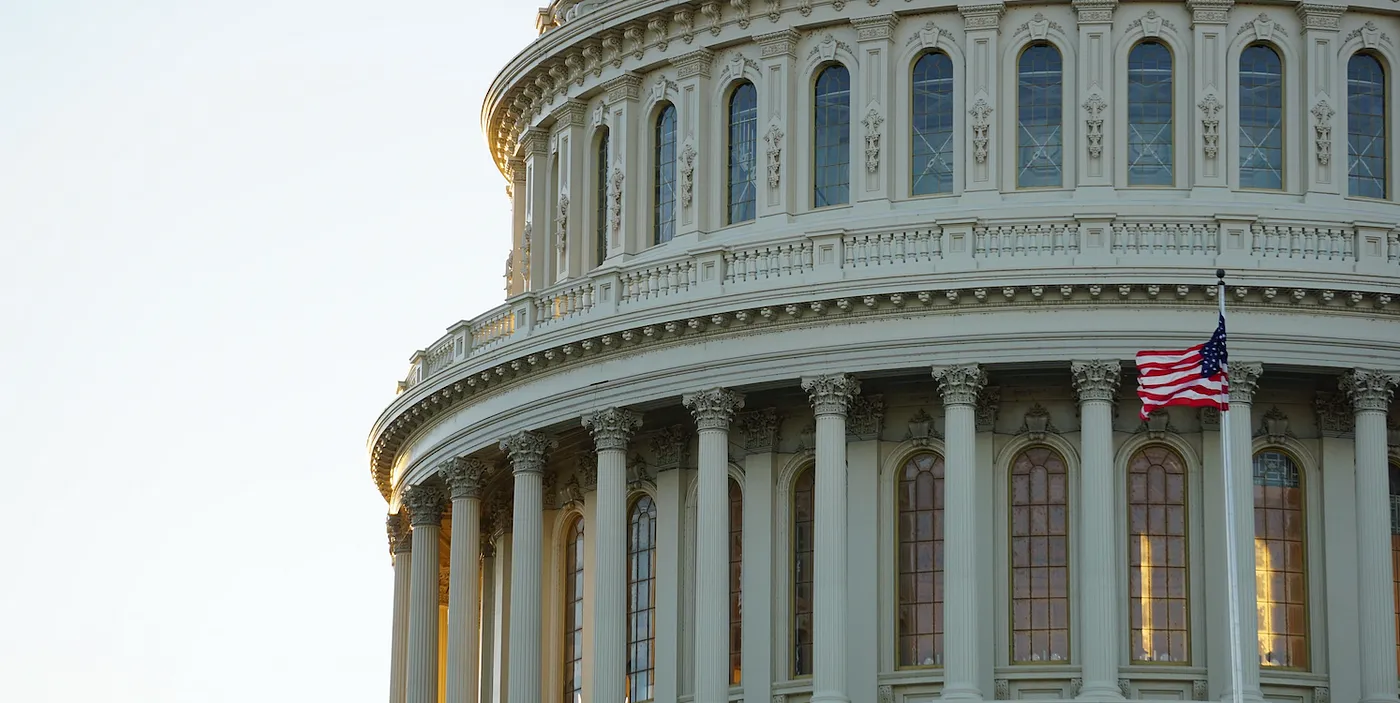Climate advocates like myself are clearer than ever that while aggressive action to slash pollution is our priority, we must complement it with programs to remove legacy carbon from the atmosphere. Over the past few years, we’ve witnessed the beginning of a genuine national commitment to carbon removal within the US climate agenda. And yet the amount of carbon removal we’ll need by mid-century is more than we can expect to build given the federal policies on the books today. In other words, we need additional policies to deliver gigatons of high-accountability, just, and durable carbon removal.
For fifteen years, I’ve advocated for climate and clean energy policy, most recently focused on decarbonizing the US industrial sector. I’ve learned that there are no silver bullets; instead, we must think deeply and creatively about a package of policies — federal, state, and corporate, inclusive of incentives and standards — to not only speed adoption of existing climate solutions, but catalyze innovation and de-risk emerging technologies.
For a carbon removal sector that must ultimately operate at the billion-ton scale, we need policies that create both a supply-side push and a demand-side pull. We can buoy the supply of carbon removal through direct investments in projects across the spectrum of innovation, from the lab to first-of-a-kind commercial deployments. We can also scale deployment with well-designed demand-side policies that make the federal government a principal purchaser of carbon removal, creating clarity and stability in the early-stage market.
The federal government has deep pockets and the longevity to see big projects through which can help achieve climate goals and support American manufacturers and domestic jobs. This federal purchasing power is leveraged through public procurement policy across sectors, and at Carbon180 we’re keen to establish carbon removal as something that the government purchases as a public service.
Learning from clean industrial procurement policy
There’s a lot we can learn from existing procurement policy. A recent example is Buy Clean, a popular Biden administration program that requires federal agencies to purchase concrete, steel, and other industrial materials that meet standards for carbon emissions and labor protections when awarding contracts for public works projects. For US industrial manufacturers looking to capitalize on opportunities for government-funded construction contracts, Buy Clean creates a major market into which they can sell low-carbon materials if they invest in decarbonization. That market, spurred by procurement policy, increases the overall supply of low-carbon materials while decreasing price — and with greater supply comes more opportunities to sell into the private sector, too.
A similar dynamic applies to the early-stage market for carbon removal, where public procurement can help “crowd in” more private sector funding, which today both finances new carbon removal projects and purchases the majority of removed tons.
Likewise, leading states like New Jersey are procuring low-carbon concrete thanks to a first-of-its-kind state law, the Low Embodied Carbon Concrete Leadership Act (LECCLA). LECCLA builds on the Buy Clean model, introducing a financial incentive for concrete producers who outperform emissions standards. In the immediate term, this encourages concrete makers to adopt off-the-shelf solutions to reduce emissions, like mixing in alternatives to cement. But at the same time, complete decarbonization of concrete will require new technologies, many of which are just emerging today. LECCLA’s simple design gives the private sector a powerful stake in discovering and adopting these new innovations as they emerge.
A key lesson learned from my experience with both Buy Clean and LECCLA is that we can design procurement policies that simultaneously encourage uptake of existing climate technologies and speed deployment of new innovations. These policies can mobilize the market to seek, assess, and embrace new and potentially breakthrough options by signaling early demand.
As we move forward with procurement policies for the carbon removal sector, I’m taking this perspective with me. The federal government’s role in carbon removal is unique and essential because, unlike physical, commercially traded commodities such as concrete and steel, verifiable and permanent tons of carbon removal are a public good with limited opportunities for revenue today.
Developing the US market for carbon removal
In the near term, smart procurement policies for carbon removal should have several key objectives:
- Support innovation and diversification. Well-designed procurement policies, alongside R&D and other federal investments, can help bring forward new and promising carbon removal pathways and thereby accelerate development of this nascent market. Ultimately, the US and countries around the world should have a portfolio of high-quality carbon removal approaches.
- Increase early amounts of durable CO2 removal. Carbon removal is deployed at a small scale today, and many pathways are too nascent and expensive for large-scale deployment. However, approaches like direct air capture (DAC) are beginning to deploy at commercial scale and novel procurement mechanisms, such as reverse auctions, can help the federal government rapidly bring down costs, increase the number of successful projects, and establish carbon removal as a public service.
- Establish standards for high-accountability, just, and durable carbon removal. The federal government can play a unique role in defining what good carbon removal looks like, including standards to ensure additionality, durability, and measurability of removals, as well as the environmental guardrails that must apply to projects. Doing so will support myriad efforts to scale a high-performance field, including improving and growing private markets.
Public procurement policies are most powerful when coupled with other types of deployment incentives. The 45Q tax credit, for example, is even more valuable with a long-term public market for durable carbon removal, and the same would be true for any future federal or state incentives.
Across procurement and enabling policies, we should remain laser-focused on independent performance standards for monitoring, reporting, and verification (MRV) and robust provisions on environmental justice. Any carbon removal procurement policy adopted by the federal government must include such standards and evaluate eligible solutions accordingly.
In my time working on green industrial policy, I’ve seen early projects generate trust and build a political coalition behind climate action. We’re poised to do the same for a high-accountability, just, and durable carbon removal sector in the US. At Carbon180, I’m focused on policy as a tool to build the market infrastructure to scale the industry at this nascent stage, the social infrastructure to integrate community needs and benefits into project development, and the coalition infrastructure to set and advance policy priorities.
Here’s what you can expect from us over the next few months: a more detailed overview of carbon removal procurement policies introduced to date, a snapshot of today’s landscape of carbon removal providers, and of course, our detailed vision for an ambitious federal procurement agenda with specific policy design recommendations.
Edited by Dana Jacobs. Cover image by CHUTTERSNAP

